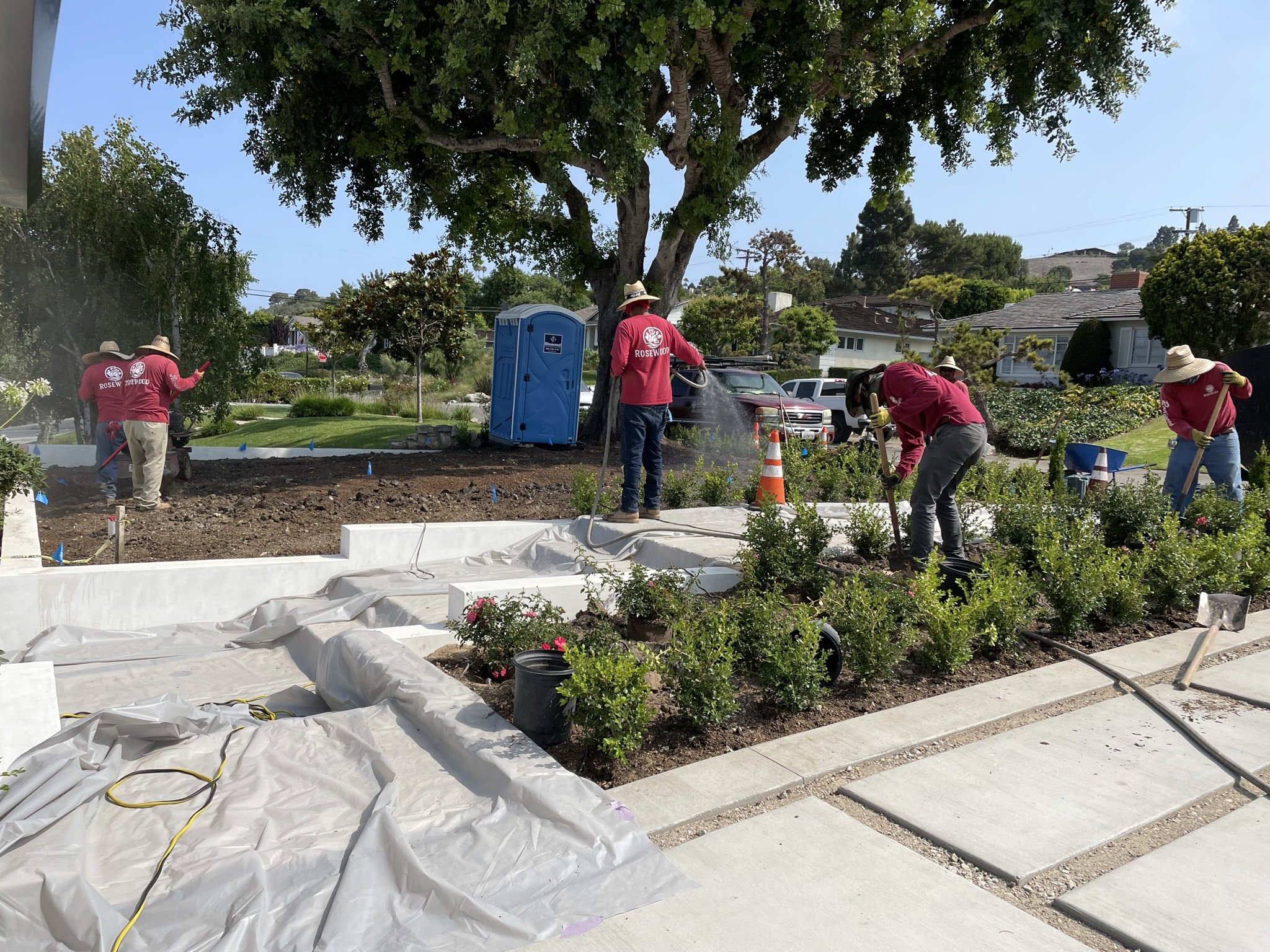When Is the Best Time to Fertilize Your Lawn?
As temperatures rise and spring transitions into summer, you might be considering how to enhance your property's landscape for the upcoming season. A well-maintained lawn offers numerous benefits, including cleaner air, improved stormwater management, habitats for wildlife, and increased curb appeal.
If you have a significant amount of lawn space, you’re likely pondering the best methods to keep your grass looking lush and green. While fertilizer is essential, knowing the optimal time to apply it is equally important.
Read on to discover the best times to fertilize your lawn for maximum health and beauty.
Why Fertilize?
Before diving into the specifics of fertilization schedules, it’s crucial to understand why fertilizing is beneficial. Fertilizer enhances the growth and fertility of plants by providing essential nutrients. Fertilizers can be either organic, like manure, or synthetic.
Each type of fertilizer has its pros and cons. Organic fertilizers are generally better for the environment, causing less harm to plants, animals, and insects, and avoiding water pollution. They also lack the negative side effects associated with some synthetic fertilizers, which have been linked to health issues like cancer.
However, organic fertilizers may not be as potent as synthetic ones. Collaborating with a reputable landscaping contractor ensures that any fertilizers used on your lawn are safe and effective.
When’s the Best Time to Fertilize?
The ideal time to fertilize your lawn depends on several factors, including your location, climate, and rainfall patterns. Generally, fertilizing more than once a year is recommended for optimal lawn health. While fertilizing once a year, such as in early spring, is beneficial, applying different types of fertilizers throughout the year yields the best results.
Early Spring Fertilization
Applying fertilizer in early spring kickstarts the growing season. This timing helps eliminate early weed growth and promotes healthy, quick grass growth. Re-seeding during this period can also address any bare or patchy areas in your lawn.
Late Spring Fertilization
A second fertilizer application in late spring can further prevent weed growth, which could otherwise thrive during the hot summer months.
Summer and Autumn Fertilization
Fertilizing in the summer helps maintain vibrant grass despite the heat, which is often the driest part of the year. An autumn application supports grass longevity, suppresses weeds, and encourages new seed growth if you re-seed in the fall.
Winter Fertilization
In some climates, winter fertilization is also beneficial, ensuring your lawn remains healthy throughout the year.
Additional Lawn Care Tips
Fertilizing is just one aspect of maintaining a healthy lawn. Re-seeding might be necessary if your grass thins out or develops patches. Regular mowing, especially during spring and summer, keeps the grass short and healthy, preventing it from drying out. Mulching around your lawn’s borders can retain moisture and reduce run-off.
Should You Hire a Professional?
While DIY lawn care is possible, a professional landscape contractor offers unmatched expertise. Rosewood Landscape is a licensed and insured contractor in Southern California, specializing in comprehensive lawn care services. For more information, send us a message or call (424) 291-9300.


